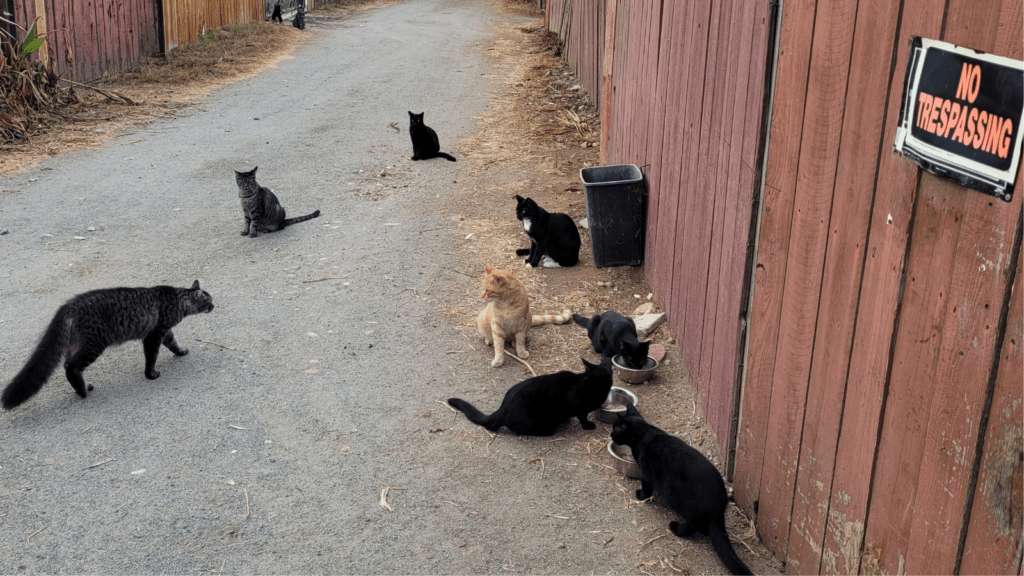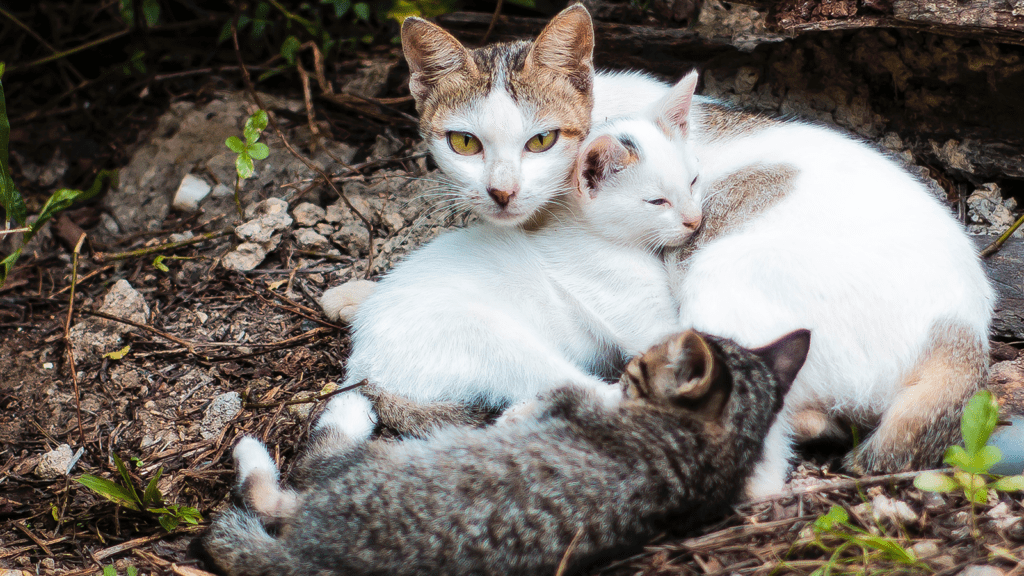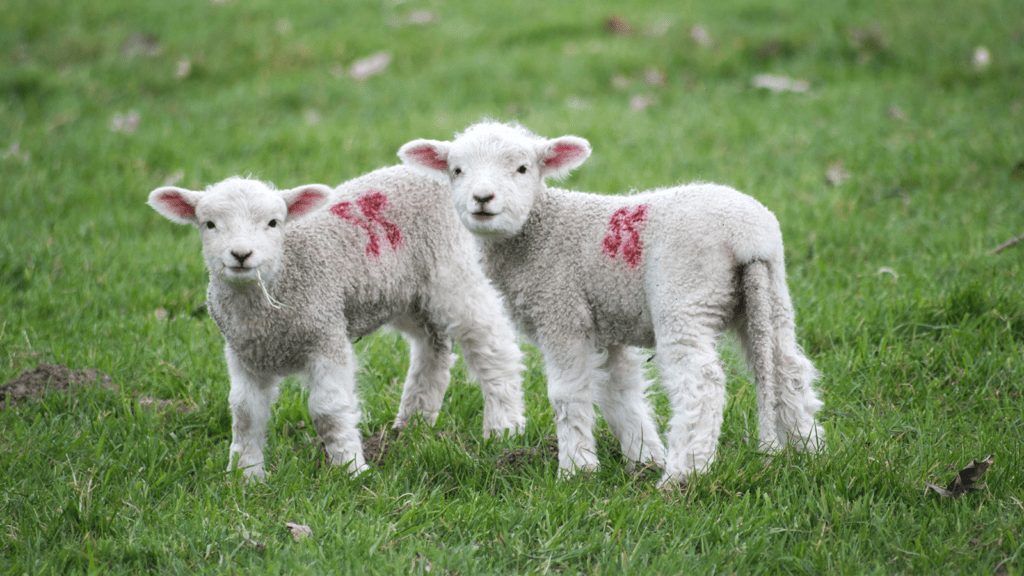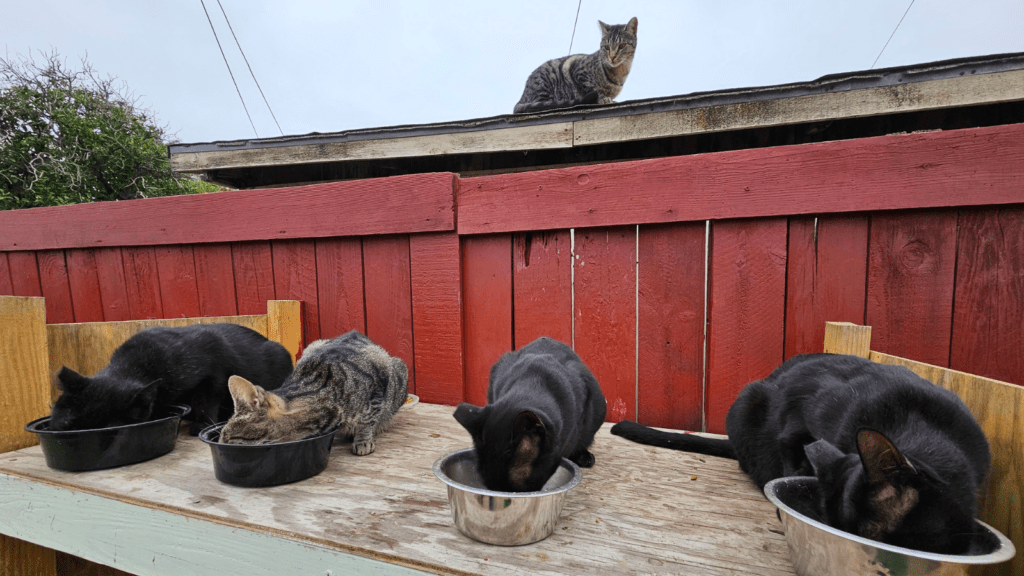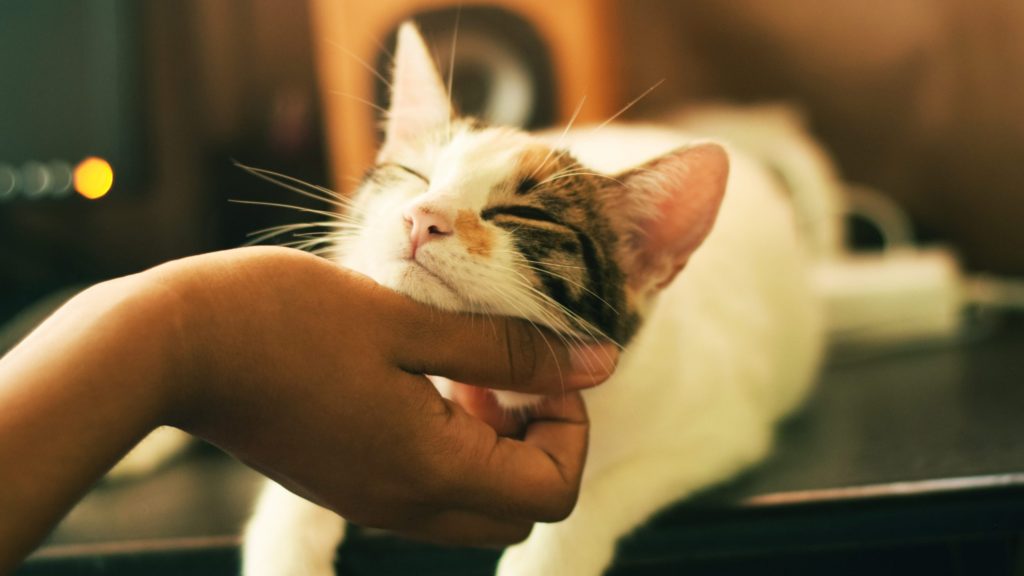Is TNR Ethical
Is TNR Ethical? Cats have multiple kittens in one litter and can get pregnant up to three times per year, which means stray cats can overpopulate quickly and significantly impact themselves and their surroundings. Many shelters are at capacity and unable to effectively intake stray or feral cats, which puts them at high risk of euthanasia. TNR is the ethical choice to reduce and manage populations of outdoor cats without euthanizing innocent cats and kittens. How TNR Helps Cats and The Community TNR (Trap, Neuter, Return) is the process of trapping a feral cat, having it spayed or neutered, and releasing it back to its original environment. The cats also have a veterinarian check-up and receive vaccinations during this procedure. While the cat is under anesthesia during the spay, the cat’s right ear is tipped to indicate that they have been fixed and vaccinated. The cats are then returned quickly, sometimes within 24 hours, to their original cat colony. TNR cats are known as Community Cats! Trap, neuter, return (TNR) is used to manage the population of free-roaming cats because it is currently very difficult to shelter, foster, or adopt out all the stray cats due to their staggering numbers. It is estimated that there are between 30 – 40 million stray cats in the United States. Female cats can reproduce as soon as they hit five months old, and they can carry multiple litters per year. Even with a widescale trap and euthanize movement, which would be highly unethical, it would hardly dent overall feral cat populations. It is estimated that 50% of unowned stray cats would have to be removed annually to decrease the overall feral cat population (source). Feral domestic cats, on average, live approximately seven years outdoors. A cat occupying a territory will prevent other cats from moving in. Sterilizing the local cat community will prevent new litters of kittens for at least 5 – 7 years until the sterilized cats pass away and new cats move in to assume the territory. With widescale TNR efforts for stray cat management, animal control and cat advocates have been effectively managing feral cat populations, wild cats, and urban stray cats have declined over time. Why TNR Is Controversial Opponents of TNR state that it is unethical to release cats back to the environment they were found because they may not have adequate access to food and shelter and are at greater risk of infectious diseases. People are also opposed to TNR due to outdoor cats’ destruction of birds. It is estimated that cats kill approximately 1 – 4 billion birds annually in the United States (source). Of these bird deaths, two-thirds are caused by stray cats, and domestic cats cause one-third. Bird deaths attributed to stray cats accounted for more than any other unnatural source, such as collisions with vehicles, buildings, windmills, etc. However, TNR is the most humane option for stray cats when the alternative is euthanasia at an animal shelter. Approximately 3.2 million cats are abandoned at animal shelters annually in the United States (source). Of these, 520,000 are euthanized due to a lack of available homes. Some people also say TNR and ear-tipping cats are cruel. However, the intention is not cruel, and the Community Cat programs also care for the cats once released. The ear-tip procedure is conducted while the cat is under anesthesia during the spay or neuter, and it’s a quick and easy recovery. While no one likes ear-tipping a cat, the alternatives simply aren’t there. When the alternative to feral cat management is to kill feral cats, then TNR is the ethical choice. The Impact Of Feral Cat Overpopulation The most dreaded time of the year for animal shelters and humane societies is kitten season. Kitten season is usually from April to October and can be the hardest time of the year for rescue personnel. Animal shelters become overrun by kittens and are forced to make very difficult decisions. With insufficient fosters and forever homes available, the only thing left to do is start euthanizing kittens as fast as they are coming in. Unfortunately, this is a grim reality every season for animal shelters. A cat’s gestation period is two months, and she will have an average of four kittens per pregnancy. Each female cat could produce as many as 20 kittens per kitten season. It breaks the heart of every humane society and shelter employee to euthanize litters of kittens simply because there are too many feral or stray cats and not enough resources. Cats coming from a feral cat colony are not always friendly and well-socialized pet cats. It takes time to tame feral cats and train them to be domestic animals. The easiest way to prevent this tragedy is with responsible pet ownership and to spay and neuter outdoor cats through TNR programs. Alternatives To TNR When it comes to feral and stray cats that don’t appear friendly, sending them to a shelter is near certain death. So what are the alternatives to the TNR method for feral cat control? Here are a few alternatives to TNR that we do not recommend. Controlling Feral Cat Populations Here are the most effective ways to control stray cat populations. These solutions account for other animals, animal shelter challenges, and community cat populations and still effectively reduce feral cat populations. Conclusion TNR has a significant positive impact on outdoor cat populations, and it is the most humane way of dealing with the overpopulation of outdoor or feral cats. Nobody wants to be the one euthanizing countless litters of kittens or entire feral cat colonies. Modern cats belong indoors, but there aren’t enough cat sanctuaries for feral cats. If enough communities support TNR programs, the free-roaming cat population will decline over time to manageable numbers.

